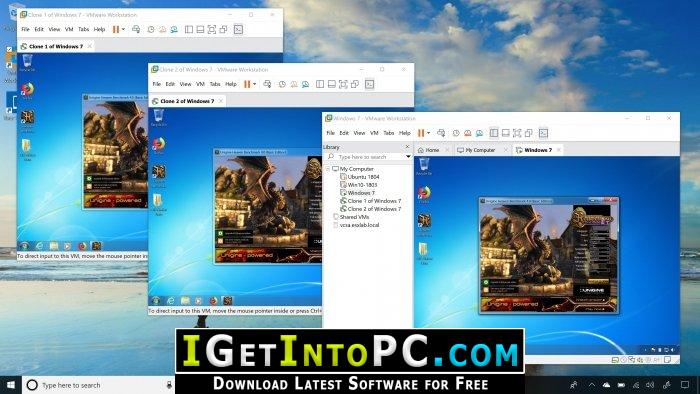


After the virtual machine is created, the guest operating system installation is automated and VMware Tools is installed. When the New Virtual Wizard detects an operating system that supports Easy Install, the wizard prompts you for information about the guest operating system. If you are installing an operating system that supports Easy Install but you do not want to use Easy Install, you can instruct the wizard to create a virtual machine that has a blank disk and install the guest operating system manually. If the operating system you plan to install is not listed in the wizard, select Other for both the operating system and version. Workstation Pro uses this information to set the appropriate default values, name files associated with the virtual machine, adjust performance settings, and work around special behaviors and bugs in the guest operating system. If you instruct the New Virtual Machine wizard to create a virtual machine that has a blank hard disk, the wizard prompts you to specify an operating system and version and you must install the guest operating system manually after the virtual machine is created. It supports hundreds of operating systems and works with cloud and container technologies like Docker and Kubernetes. VMware Workstation lets you configure multiple privacy settings, tools, and networking configurations for each VM. Note: For remote virtual machines, you must specify whether the physical drive or ISO image file is located on the local host or remote host before you select the installer disc or ISO image file. You can run Windows, Linux, and other operating systems simultaneously.


 0 kommentar(er)
0 kommentar(er)
